Gallons per Flush (GPF) measures water used, by toilets with each flush. Older toilets consumed 3.5, to 7 gallons per flush, but current models require only 1.6 gallons or less, aiding, in significant water conservation.
Contemporary low-flow toilets, like gravity-pressure assisted models, enhance water efficiency while maintaining performance levels effectively. Certain options allow users to opt for half-flushes to save water. Opting for a toilet that uses gallons per flush can help homeowners reduce water consumption considerably without compromising flushing effectiveness.
Companies such as HOROW focus on producing high-efficiency toilets that reduce water consumption while still providing cleaning abilities. This helps save on water bills and protects the environment effectively. They ensure compliance with regulations and promote sustainability in today's homes.

What is Gallons per Flush (GPF)?
The Evolution of Toilet Water Usage
Toilets once used up to 7 gallons per flush. After 1992, laws changed, making toilets more water-efficient. Now, new toilets only use 1.6 gallons per flush. Some high-efficiency toilets (HET) do even better, using about 1.28 GPF or less.
The transition has significantly influenced initiatives, for conservating water resources around the globe. By substituting toilets with water saving models in every home, a substantial amount of water could be preserved annually. Furthermore, reducing water usage alleviates pressure on community water sources making urban areas more environmentally friendly, in the future.
Flush toilets provide users with two flushing choices. One for disposing of waste with a minimal amount of water and another for solid waste that requires a bit more water usage. The adoption of this technology leads to water savings and promotes environmentally friendly bathroom practices by encouraging sustainable plumbing solutions. Choosing a toilet model with fewer gallons per flush is a way to comply with water conservation regulations while also cutting down on household utility expenses.
Comparison of Different Toilet Types
Different toilets use different amounts of water. Old models can use up to 7 gallons per flush, which is quite high. Nowadays, many new toilets are much more efficient. Low-flow toilets only need about 1.6 gallons per flush or less for each flush.
There are also dual-flush toilets with two options: one uses roughly 0.8 gallons for liquid waste and another uses about 1.6 gallons for solid waste.
Additionally, there are composting toilets that do not use any water at all, relying on natural decomposition processes to break down waste. These are excellent for off-grid homes and areas with water restrictions! Similarly, vacuum-assisted toilets work by leveraging air pressure to shift waste along, with water compared to traditional gravity flush designs.
Smart toilets enhance water efficiency with sensors that regulate the amount of water for every flush and can even recycle greywater from sinks to flush toilets, for sustainability.
Opting for a water toilet is a way to conserve water and cut costs in the long run. It's a win-win situation to save money and help the environment by choosing a toilet that reduces gallons per flush. This is especially beneficial, in commercial spaces where small changes can lead to significant savings over time.

Why Choose a Water-Saving Toilet?
Lower Water Bills
Switching to low-flow toilets reduces water use. This can lower monthly water bills. Old toilets use about 3.5 gallons per flush, but new low-flow models use only 1.28 gallons or less per flush.
If you flush five times a day, the savings add up quickly. Families notice their bills drop after switching to high-efficiency toilets. This move saves money and helps the environment at the same time. Toilets with lower gallons per flush ratings can cut household water usage by thousands of gallons each year.
Eco-Friendly & Sustainable
Using toilets that save water is crucial for reducing water usage and helping to protect this resource. The benefit of using water is that it eases the strainon wastewater treatment systems and promotes an environmentally friendly setting.
In addition, to that point is the fact that numerous contemporary toilets opt for water in their flushing mechanisms which aids in decreasing the use of fresh water resources. There are types of toilets that are equipped with greywater systems which recycle water from sinks and showers to be used in flushing. Toilet innovation like this contributes significantly to sustainability efforts and plays a role, in conservatıon of water over the long term.
Further, these toilets safeguard natural habitats by ensuring streams and rivers do not run dry. They also reduce the energy required, for water treatment and pumping processes. Opting, for toilets that conserve water aids, in supporting our environment and tackling climate change. By selecting a model with the lowest gallons per flush, you play a direct role, in water conservation efforts.
Increases Property Value
Low-flow toilets add value to homes. People prefer houses that save water and money. By installing water-saving models, you show a commitment, to water conservation. These updates appeal, to buyers seeking efficient homes, reducing their water bills. This can raise your home's selling price while helping the environment.
How to Choose the Best Water-Saving Toilet?
Flushing System: Gravity vs. Pressure-Assisted
Gravity flush toilets use the weight of water to clear the bowl. This old method is straightforward and works well. Pressing the handle releases water from the tank, forcing waste out. Toilets with a gravity flush system often require about 1.6 gallons per flush, making them a standard choice for water efficiency.
Pressure-assisted toilets have a different approach. They keep water under pressure in a tank within the unit. Upon flushing, this pressurized air shoots water quickly into the bowl for an efficient clean, using less water. These models are more water-efficient than gravity flush toilets because they combine energy with minimized water use for better performance.
Automatic Flushing
Automatic flushing systems use sensors, to activate the toilet's flush. This reduces germ spread by eliminating the need, to touch the toilet. It also saves water, by flushing only when necessary, promoting water conservation, in toilets.
These systems are common in public restrooms, at airports, malls, and restaurants, enhancing cleanliness and efficiency. Automatic flush toilets are an example of sustainable plumbing that benefits high-traffic areas. Many modern models also allow users, to control the gallons per flush, making them even more water-efficient.
Single-Flush vs. Dual-Flush Toilets
Single-flush toilets employ 1.6 gallons per flush for every kind of waste. On the other hand, dual-flush toilets provide an option, utilizing 0.8 gallons for liquid waste and as much as 1.6 gallons for solid waste, conserving water by synchronizing the flush volume with the waste type.
The latest developments, in technology enable individuals to manually adjust water levels providing greater control over the amount of water used for each flush. This efficiency not promotes friendly practices in households but also helps reduce water costs. Flush toilets are popular for combining benefits with ease of use. Opting for a toilet that allows adjustment of gallons per flush ensures water usage without unnecessary wastage.
Best Water-Saving Toilets from HOROW
Horow toilets are designed to be eco-friendly and cost-effective, by reducing water usage through their capabilities and dual flush technology that allows users to control the water volume per flush based on their needs and preferences. This eco-conscious feature not only benefits the environment but also contributes to cost savings, on utility bills. These versatile toilets can seamlessly blend into any bathroom decor while enhancing both functionality and aesthetic appeal.
Installing a HOROW toilet can boost your home value as more individuals are now seeking eco elements, in properties today. These conscious toilets are crafted to minimize water consumption and attract those, to lower expenses and protect the environment. They are user-friendly to set up with guidelines that make bathroom renovations hassle-free. Whether used in homes or businesses HOROW toilets provide a blend of water conservation and robust flushing power ensuring each flush is both effective and efficient.
HOROW T0338W

When evaluating gallons per flush, the HOROW T0338W stands out with its high-efficiency dual flush system. It offers 0.8 GPF for liquid waste and 1.28 GPF for solid waste, ensuring optimal water conservation without sacrificing performance. Unlike conventional toilets that use excessive water per flush, this model balances eco-friendliness and power, with a MAP score of 1000g, meaning it effectively clears waste in a single flush while using minimal gallons per flush. This combination helps homeowners reduce water bills and contribute to environmental sustainability.
The T0338W toilet is not only about being efficient but it also designed for comfort and convenience with a 17-inches that makes it easy to use for everyone according to ADA standards. The elongated bowl adds to the comfort factor and the smooth self-cleaning surface reduces the need for maintenance adding to its appeal. Additionally, the skirt design makes cleaning giving it a modern touch. For those seeking a balance between water efficiency and performance, the HOROW T0338W is a choice with its water usage, per flush and strong flushing power.
HOROW T38P

When considering gallons per flush, the HOROW T38P stands out with its advanced water-saving technology. Unlike traditional toilets that consume excessive water, the T38P optimizes efficiency with its built-in water tank and sensor-based flush system, ensuring a powerful yet eco-friendly flush. The pre-wet feature enhances cleaning performance, reducing the need for multiple flushes and conserving water. With a MAP rating of 1000g, this toilet eliminates waste effortlessly while maintaining low gallons per flush, making it both sustainable and high-performing.
The T38 toilet not only saves water but also offers four different flushing modes, for added convenience. Including an emergency flush feature that works even when the power is out! This makes it a great option for homes that value reliability while being mindful of water consumption levels. Additionally, the T38 is designed to meet ADA standards for accessibility and user comfort for all individuals. For those in search of a toilet that strikes the balance, between flushing capacity and performance quality. The HOROW T38 model promises efficiency and hygiene without compromising on modern convenience.
HOROW HWMT-8733

When considering gallons per flush, the HOROW HWMT-8733 offers an efficient dual-flush system, allowing users to choose between 1.1 GPF for liquid waste and 1.6 GPF for solid waste. This flexible flushing mechanism helps reduce water consumption while maintaining powerful waste removal. Compared to traditional toilets that use over 3 gallons per flush, the HWMT-8733 significantly lowers water usage, making it an ideal choice for eco-conscious homeowners looking to cut down on utility costs without compromising performance.
The HWMT-8733 is not just only efficient, with water, but it is also made for living spaces with its design in mind! Its 12-inch rough in and sleek one piece structure is ideal, for apartments and cozy bathrooms. Ensuite setups alike! With a glazed bowl, for easy waste removal. Cleaning to minimize maintenance work and a comfortable seating height of 16 inches for a perfect balance of comfort and usability. The HOROW HWMT-8733 stands out for its flushing system that uses water per flush without compromising on performance or style. Making it a top choice for those who value eco-friendliness and sleek design.
FAQs
1. What does "gallons per flush" mean?
The term "gallons per flush" indicates the amount of water your toilet consumes, with every flush—an aspect to ponder when aiming to conserve water and cut down on utility costs.
2. Why is the gallons per flush number significant?
The gallons per flush number matters because it affects both your water usage and the efficiency of your toilet. A lower number means less water used, helping conserve resources and cut down on costs.
3. Can I adjust my toilet's gallons per flush setting?
Modern toilets vary in their ability to adjust the amount of water flushed per use. However, older models lack this feature altogether. Consider switching to a water model if saving water is important to you.
4. How many gallons per flush does an average toilet use?
Older toilets can use up to 5-7 gallons of water with each flush! However, newer high-efficiency models are designed to use as little as 1.28-1.6 gallons per flush – quite the difference when it comes to saving on those utility bills!

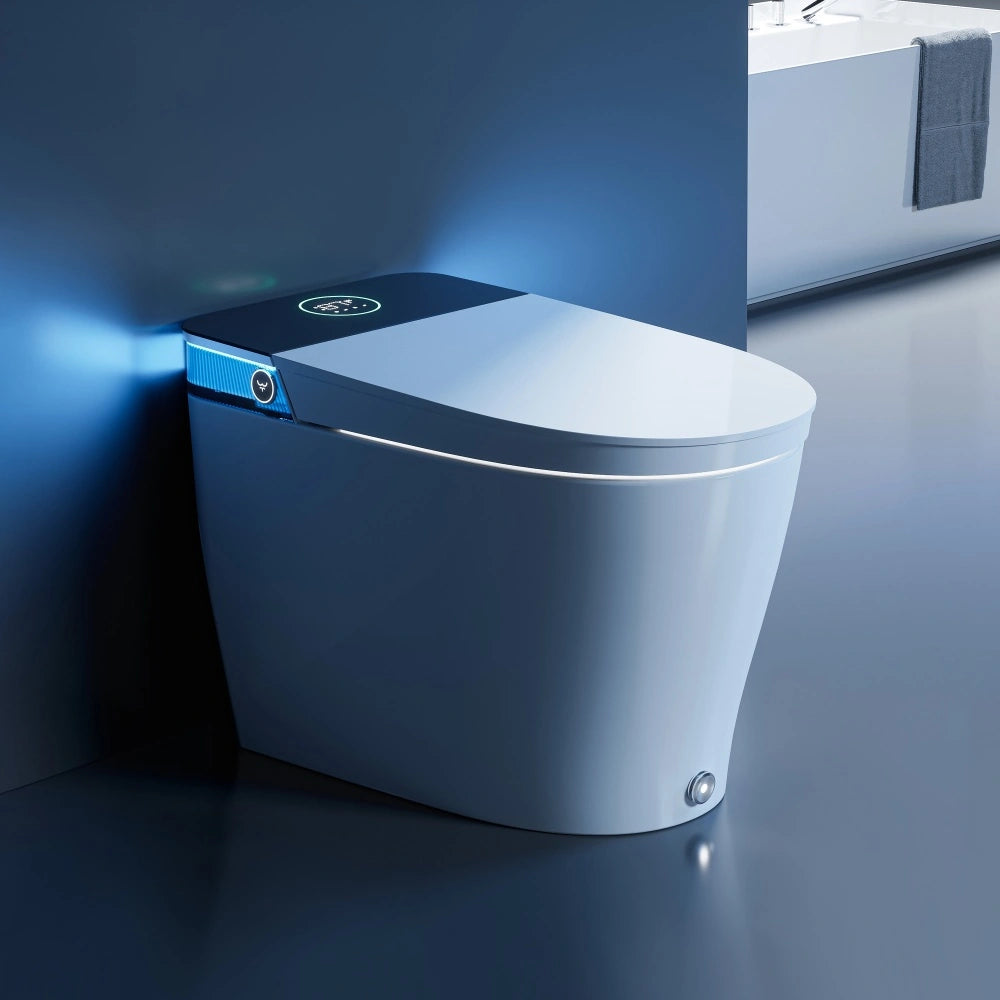
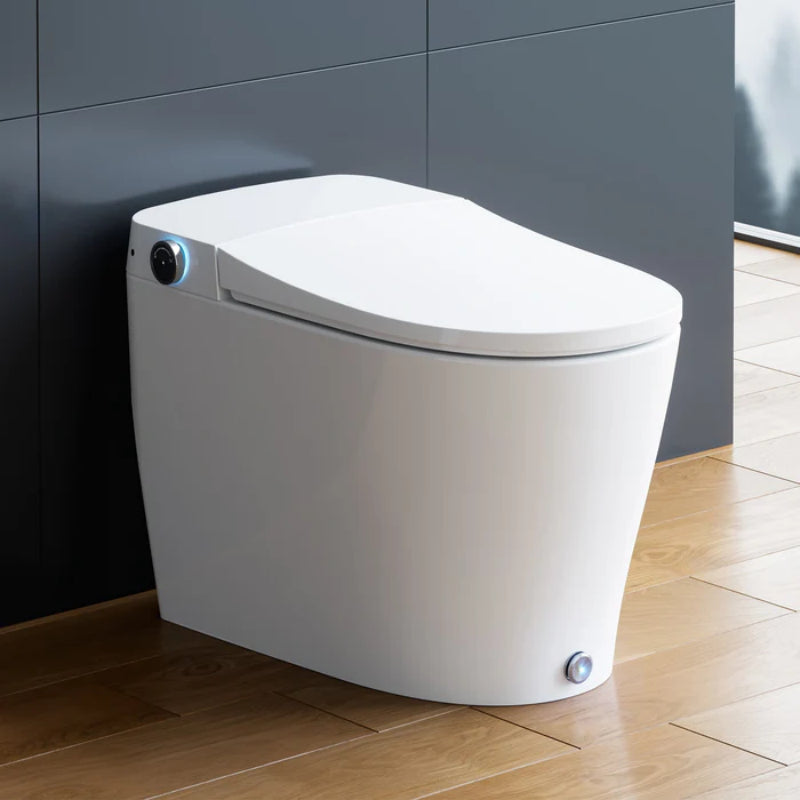
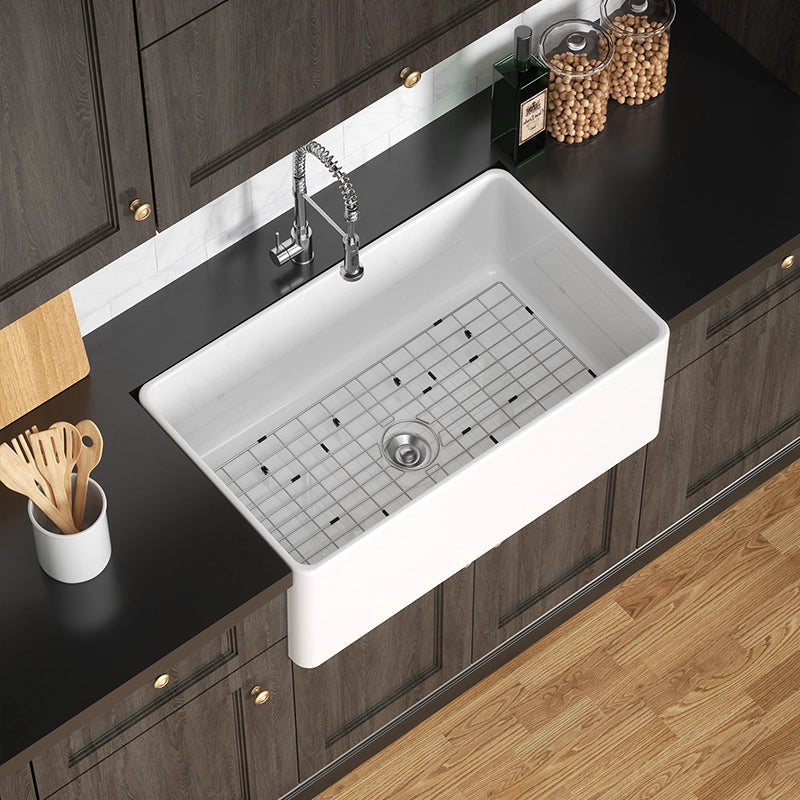
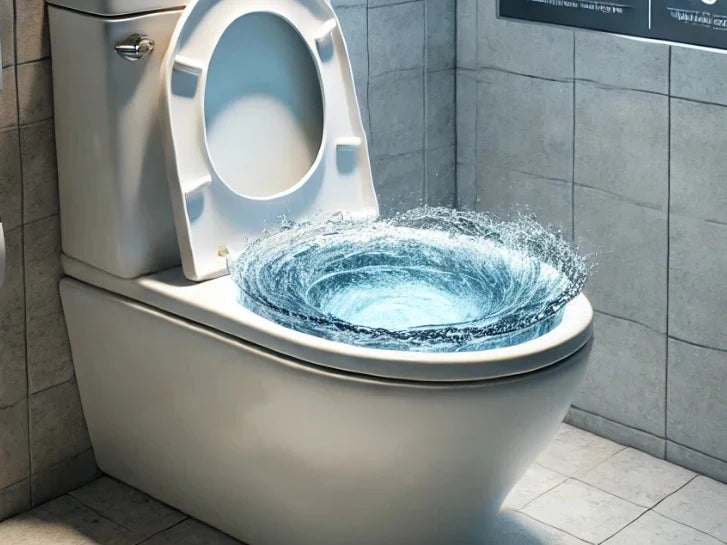
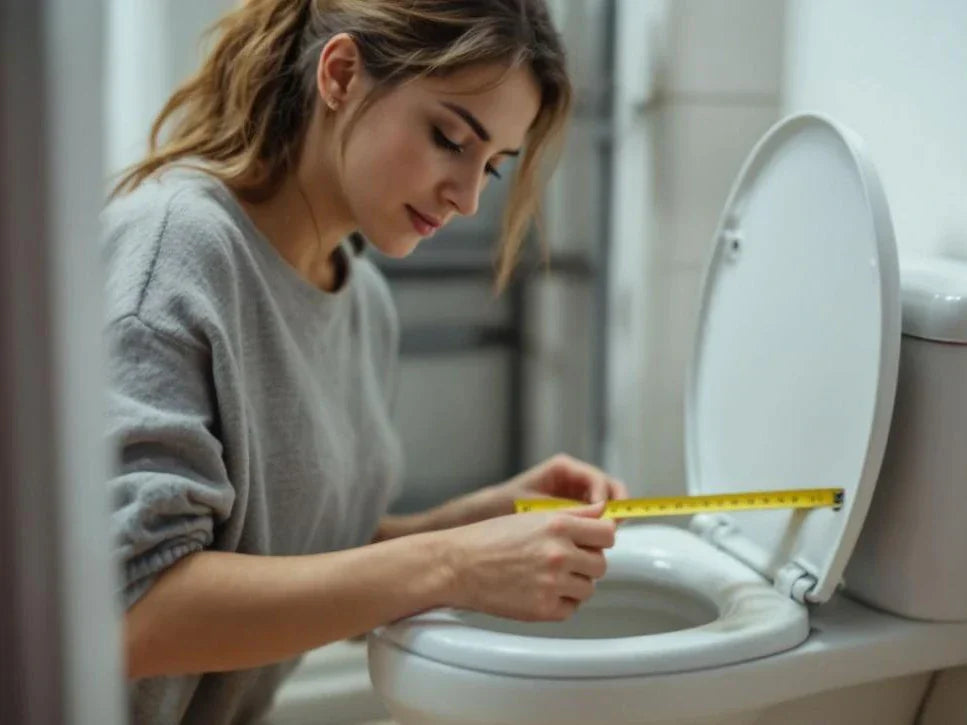
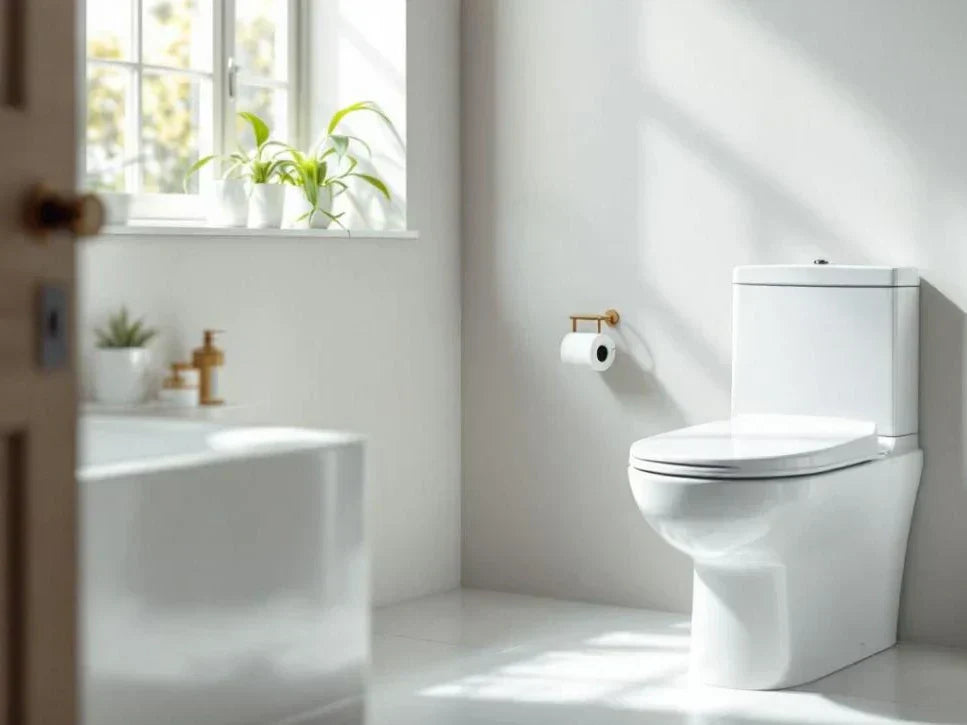

Leave a comment
This site is protected by hCaptcha and the hCaptcha Privacy Policy and Terms of Service apply.